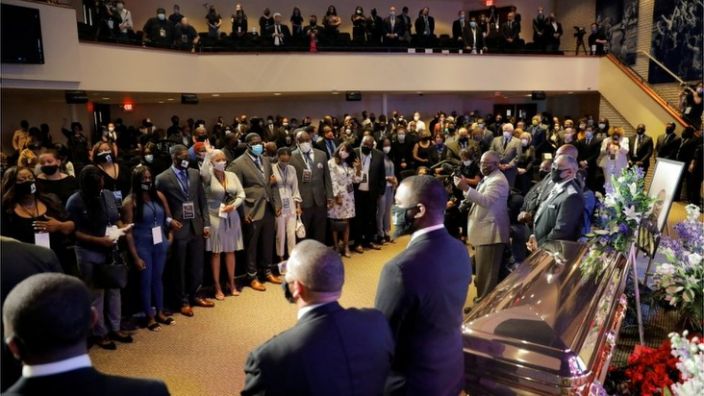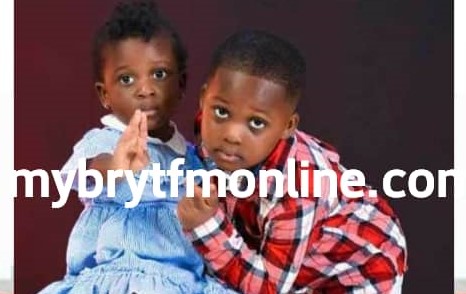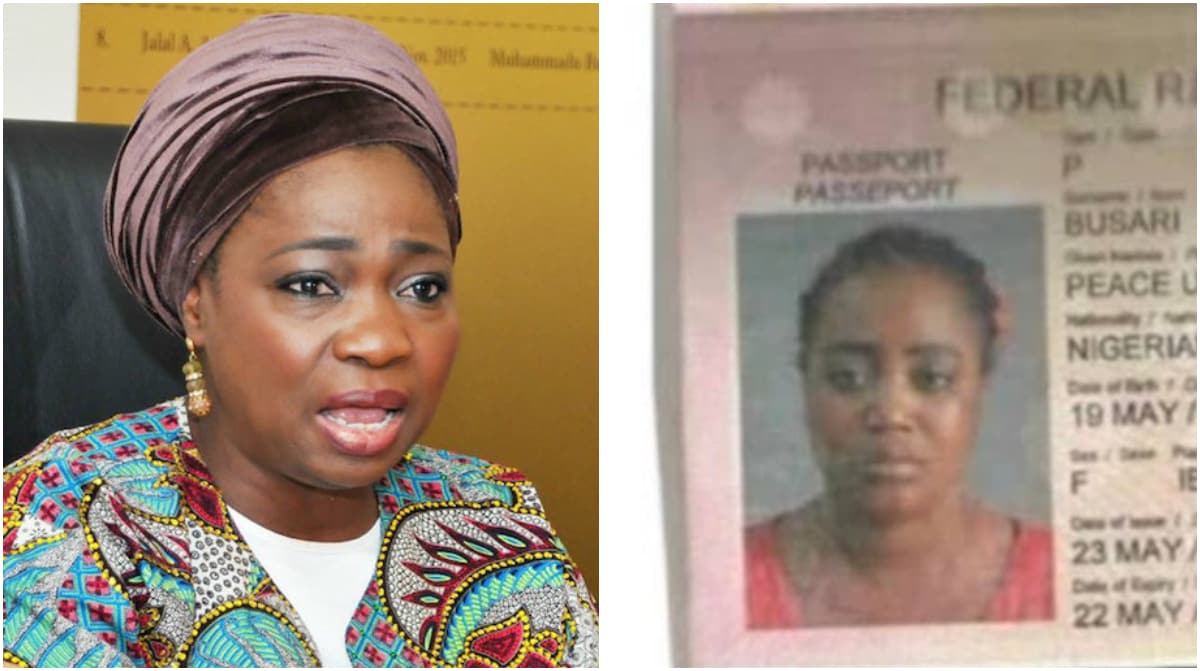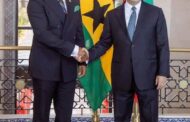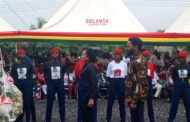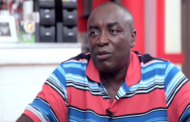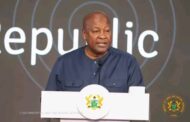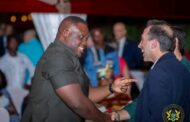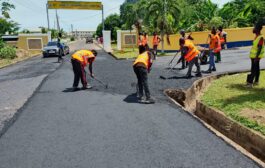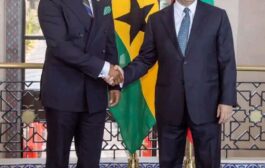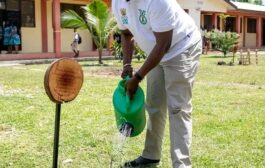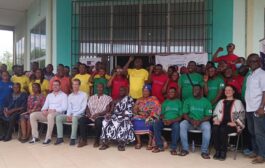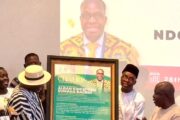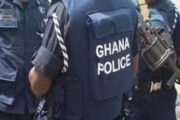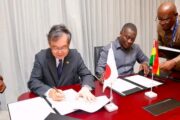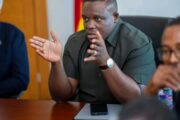A lawyer for George Floyd has told a memorial service that a “pandemic of racism” led to his death.
Those gathered at Thursday’s tribute stood in silence for eight minutes, 46 seconds, the amount of time Floyd was alleged to be on the ground under the control of police in Minneapolis.
Hundreds attended the service, which also heard a eulogy from civil rights activist Rev Al Sharpton.
It was time to stand up and say “get your knee off our necks”, he said.
Mr Floyd’s killing, which was captured on video, has caused outrage and sparked a wave of protests in cities across the US.
Meanwhile, a few blocks away, three police officers charged with aiding and abetting Mr Floyd’s murder made their first appearance in court. Bail was set at $1m (£800,000) but would be lowered to $750,000 if they handed in any guns they owned and met other conditions, the judge said.
Derek Chauvin, the officer who continued to kneel on Mr Floyd’s neck as he pleaded that he could not breathe, has been charged with second-degree murder and is due to appear in court on Monday.
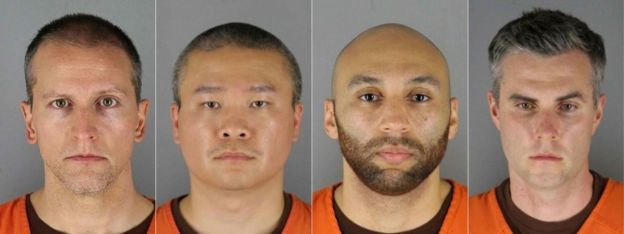
The vast majority of demonstrations over the past eight days have been peaceful, but some have descended into violence and rioting, with curfews imposed in a number of cities.
What happened at the memorial?
Addressing Thursday’s memorial service, lawyer Benjamin Crump said it was “not the coronavirus pandemic that killed George Floyd”.
“It was that other pandemic,” he said. “The pandemic of racism and discrimination.”
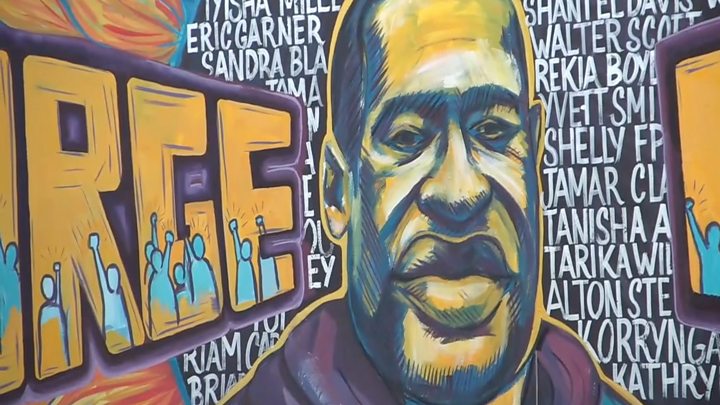
Members of Mr Floyd’s family, the Reverend Jesse Jackson, Minnesota Governor Tim Walz, Minnesota Senator Amy Klobuchar and Minneapolis Mayor Jacob Frey were among several hundred people at the service at North Central University in downtown Minneapolis.
Philonise Floyd, one of Mr Floyd’s brothers, described how the family had been poor when he and Mr Floyd were young and had washed their clothes in the sink and dried them in the oven.
“It’s crazy man, all these people came to see my brother, it’s amazing he touched so many hearts,” he said.
Reverend Al Sharpton meanwhile demanded accountability.
“We won’t stop,” he said, referring to protests that have taken place in every US state. “We’re going to keep going until we change the whole system of justice.”
In an emotional eulogy, he said Mr Floyd’s story had echoed that of black people in America.
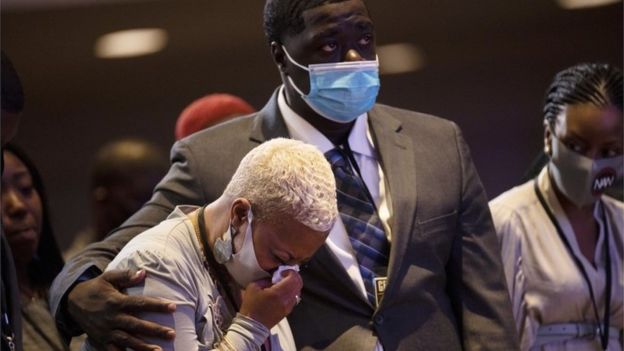
“What happened to Floyd happens every day in this country, in education, in health services and in every area of American life. It’s time for us to stand up in George’s name and say: get your knee off our necks,” he said.
Further tributes will be held at Mr Floyd’s birthplace of North Carolina on Saturday, and in his hometown of Houston on Monday.
What other reaction has there been to the protests?
In his first video comments since Floyd’s death, former President Barack Obama said the demonstrations were as profound as anything he had seen in his lifetime, and called on Americans to seize the chance to deal with underlying problems in society.
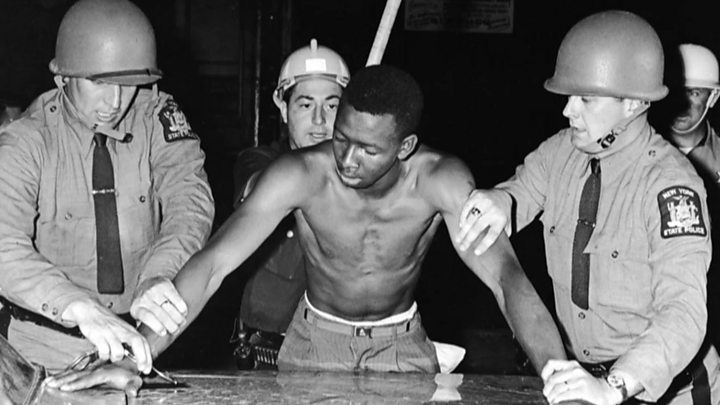
“Too often some of that violence has come from folks who were supposed to be serving and protecting you,” Mr Obama said.
“I want you to know that you matter. I want you to know that your lives matter, your dreams matter.”
The Duchess of Sussex, Meghan Markle, has also issued a personal message about Floyd’s death, saying his life mattered and recent events had been devastating.
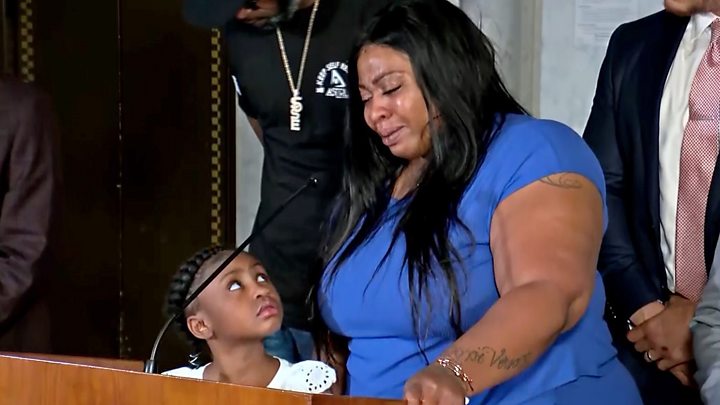
What happened to Floyd?
George Floyd, 46, was stopped by police investigating the purchase of cigarettes with counterfeit money on 25 May in Minneapolis.
A video showed Floyd being arrested and a white police officer continuing to kneel on his neck for several minutes even after he pleaded that he could not breathe.
Protests erupted and have continued since, across many US cities and also internationally, with rallies on Wednesday in Australia, France, the Netherlands and in the UK, where thousands gathered in central London.
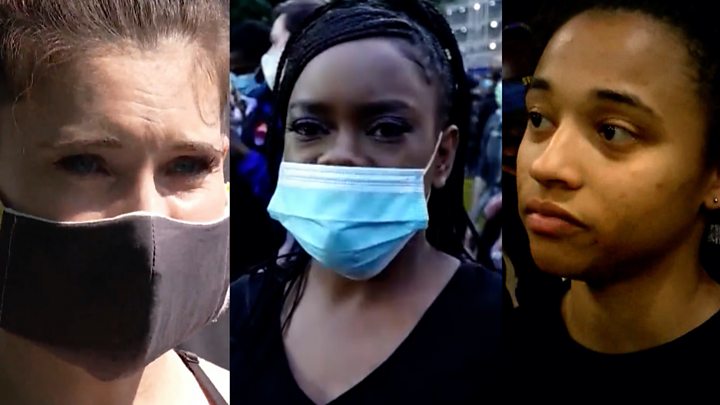
Floyd’s death follows the high-profile cases of Michael Brown in Ferguson, Missouri; Eric Garner in New York; and others that have driven the Black Lives Matter movement in recent years.
For many, the outrage over Floyd’s death also reflects years of frustration over socio-economic inequality and discrimination.
Protests over the death continued in dozens of cities on Wednesday night despite widespread curfews.
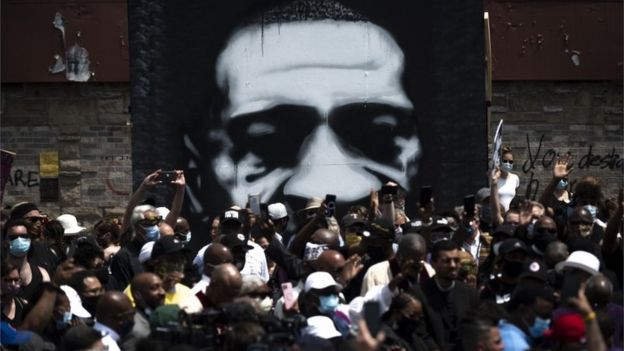
They have been largely peaceful, with cities such as Los Angeles and Chicago relaxing their restrictions amid hopes that the worst of the violence had passed.
A post-mortem examination has revealed that Floyd had the coronavirus in early April. But officials stressed that this played no role in his death.
US protests timeline
George Floyd dies after police arrest
25 May 2020
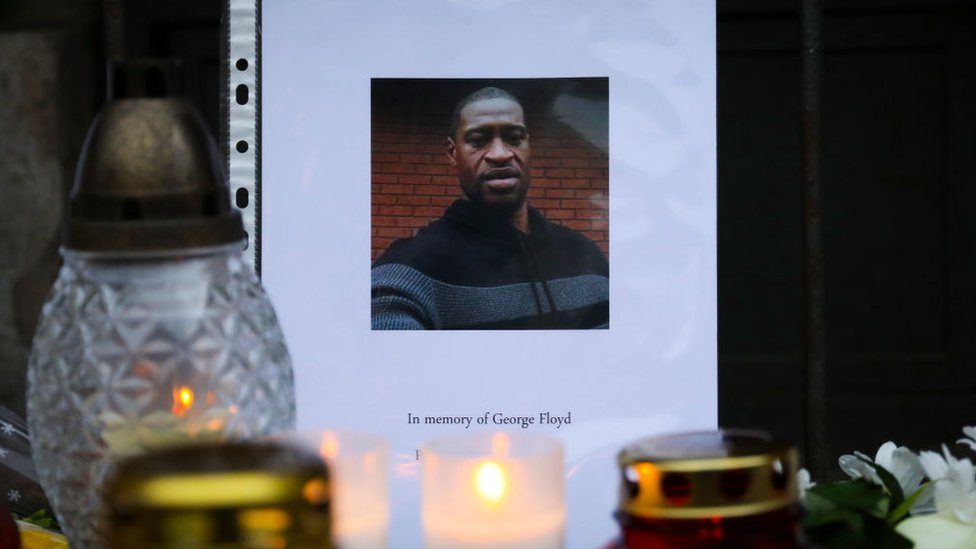
George Floyd dies after being arrested by police outside a shop in Minneapolis, Minnesota. Footage shows a white officer, Derek Chauvin, kneeling on Mr Floyd’s neck for several minutes while he is pinned to the floor. Mr Floyd is heard repeatedly saying “I can’t breathe”. He is pronounced dead later in hospital.
Protests begin
26 May
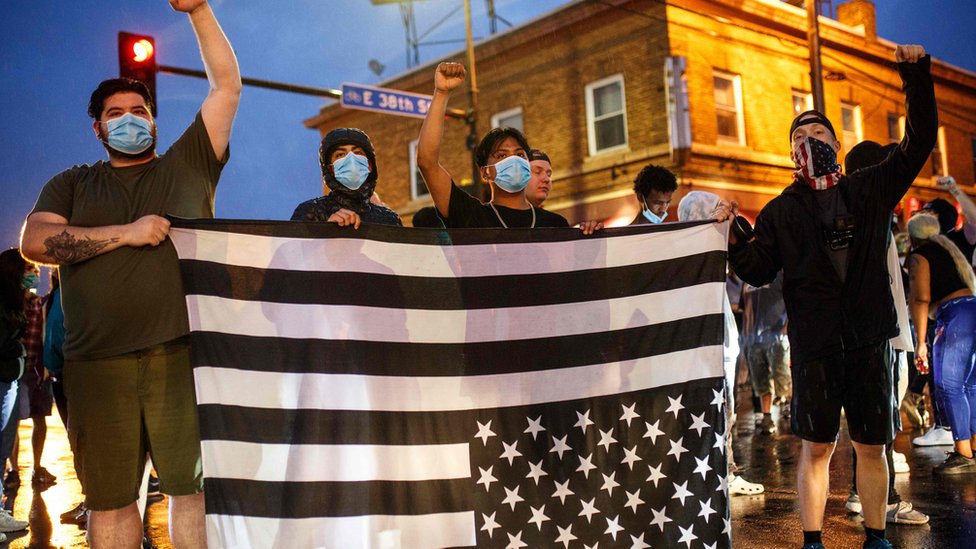
Four officers involved in the arrest of George Floyd are fired. Protests begin as the video of the arrest is shared widely on social media. Hundreds of demonstrators take to the streets of Minneapolis and vandalise police cars and the police station with graffiti.
Protests spread
27 May
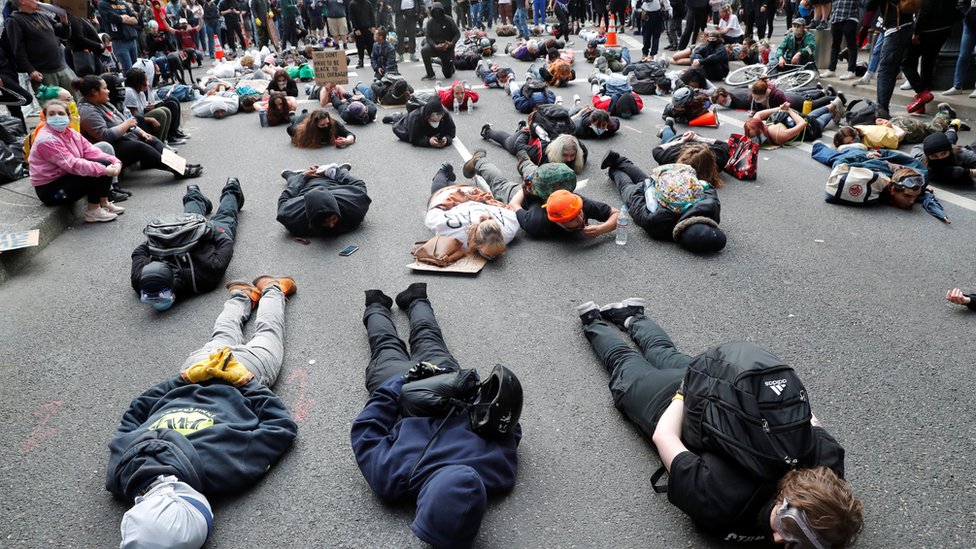
Protests spread to other cities including Memphis and Los Angeles. In some places, like Portland, Oregon, protesters lie in the road, chanting “I can’t breathe”. Demonstrators again gather around the police station in Minneapolis where the officers involved in George Floyd’s arrest were based and set fire to it. The building is evacuated and police retreat.
Trump tweets
28 May
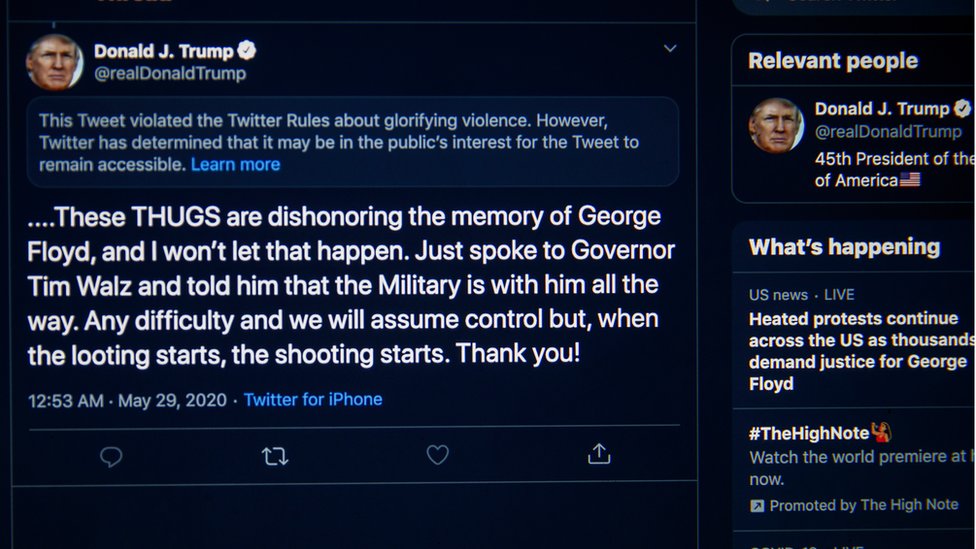
President Trump blames the violence on a lack of leadership in Minneapolis and threatens to send in the National Guard in a tweet. He follows it up in a second tweet with a warning “when the looting starts, the shooting starts”. The second tweet is hidden by Twitter for “glorifying violence”.
CNN reporter arrested
29 May
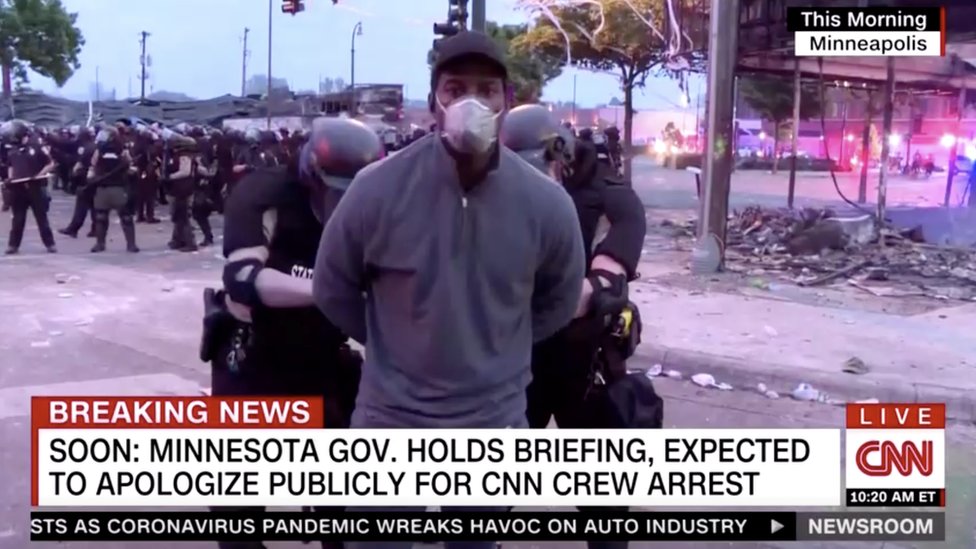
A CNN reporter, Omar Jimenez, is arrested while covering the Minneapolis protest. Mr Jimenez was reporting live when police officers handcuffed him. A few minutes later several of his colleagues are also arrested. They are all later released once they are confirmed to be members of the media.
Derek Chauvin charged with murder
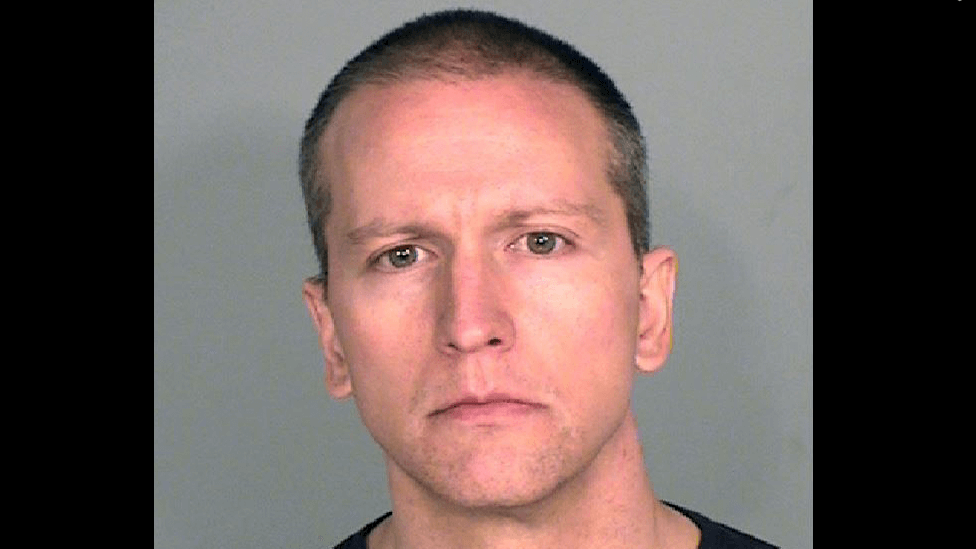
Former Minneapolis police officer Derek Chauvin, 44, is charged with murder and manslaughter. The charges carry a combined maximum 35-year sentence.
Sixth night of protests
31 May
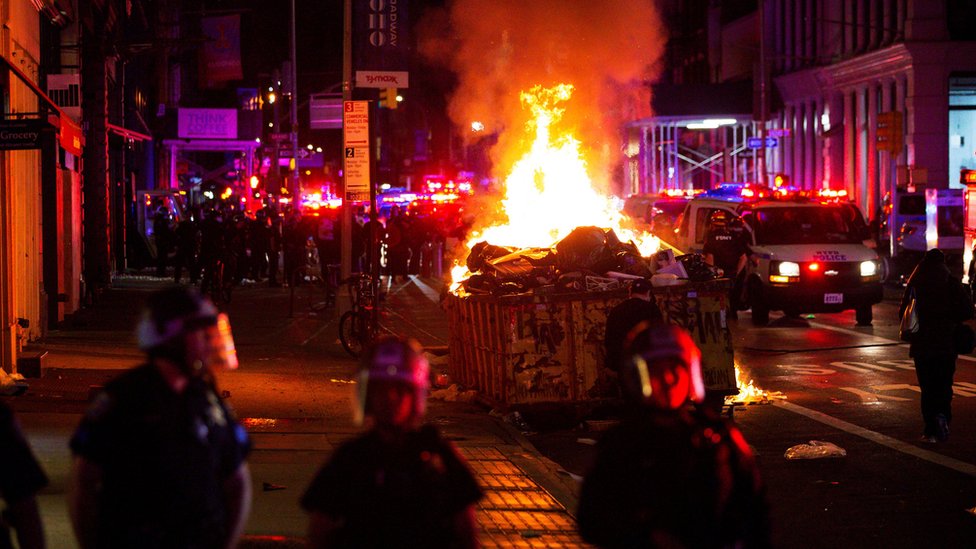
Violence spreads across the US on the sixth night of protests. A total of at least five people are reported killed in protests from Indianapolis to Chicago. More than 75 cities have seen protests. At least 4,400 people have been arrested. Curfews are imposed across the US to try to stem the unrest.
Trump threatens military response
1 June
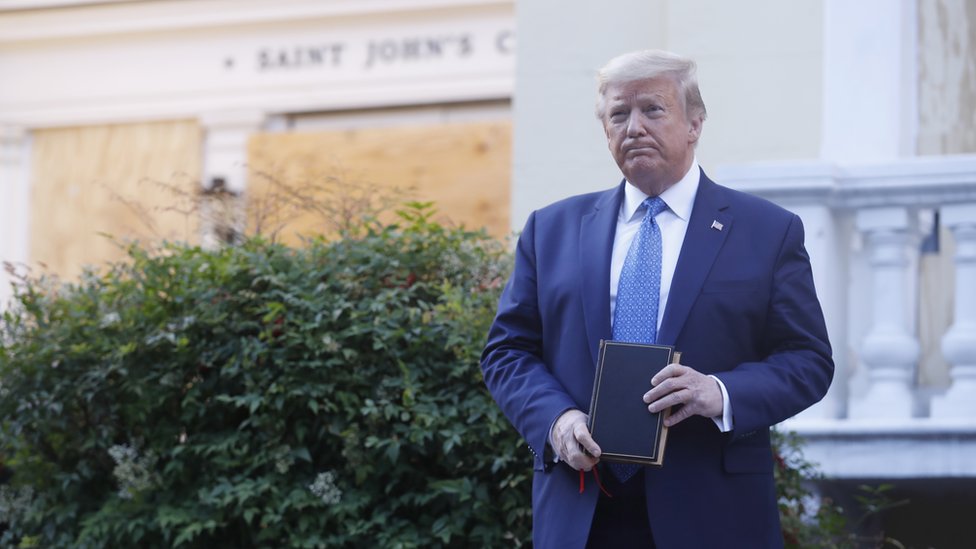
President Trump threatens to send in the military to quell growing civil unrest. He says if cities and states fail to control the protests and “defend their residents” he will deploy the army and “quickly solve the problem for them”. Mr Trump poses in front of a damaged church shortly after police used tear gas to disperse peaceful protesters nearby.
Eighth night of protests
2 June
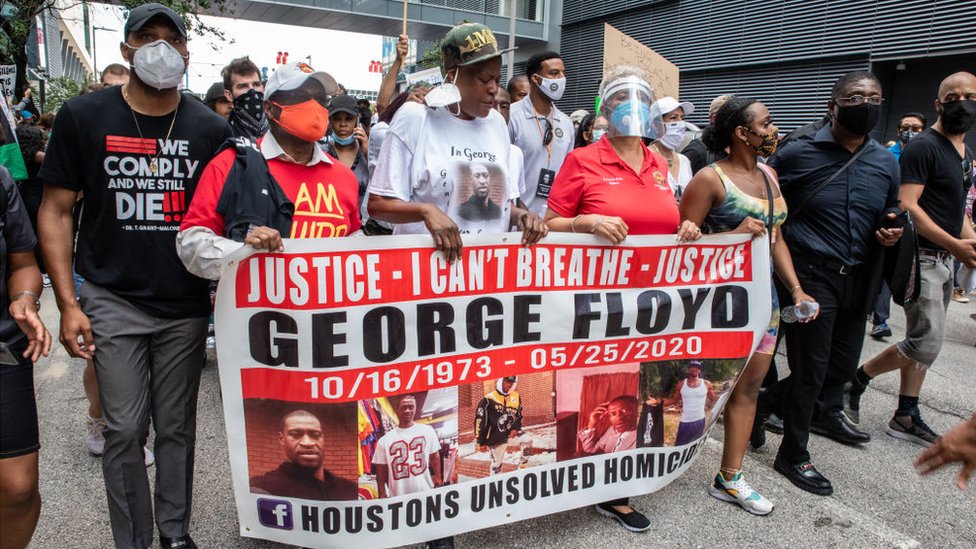
Tens of thousands of protesters again take to the streets. One of the biggest protests is in George Floyd’s hometown of Houston, Texas. Many defy curfews in several cities, but the demonstrations are largely peaceful.
Source: BBC



